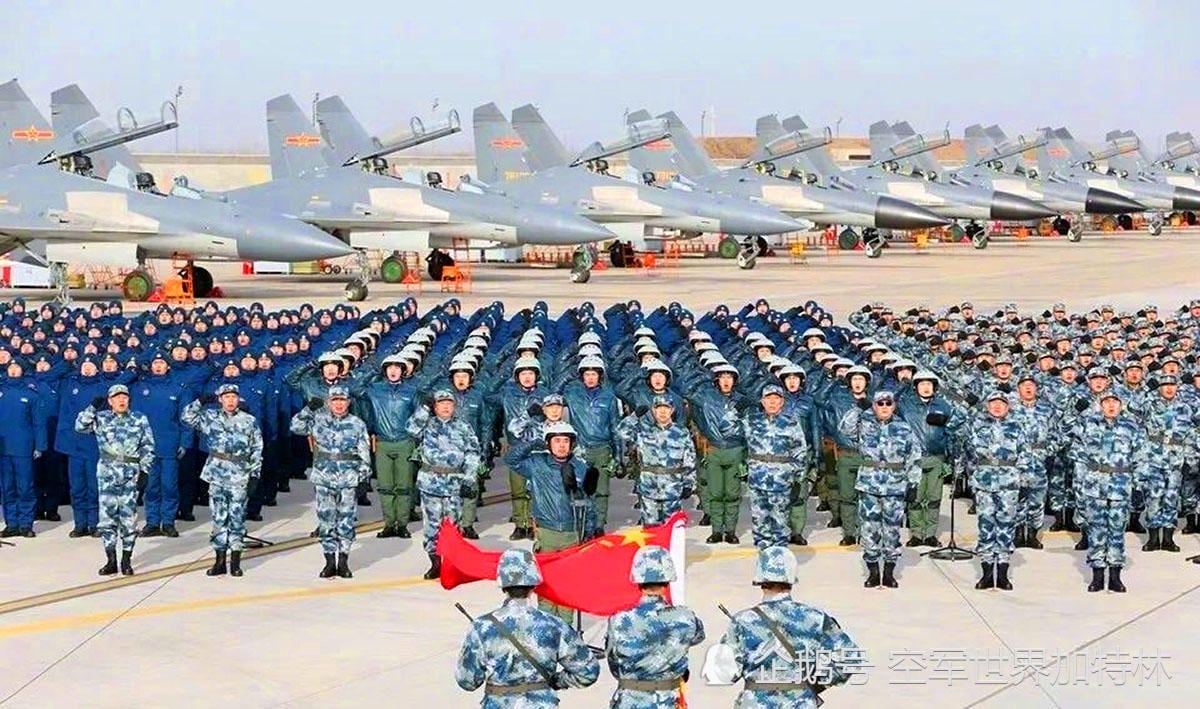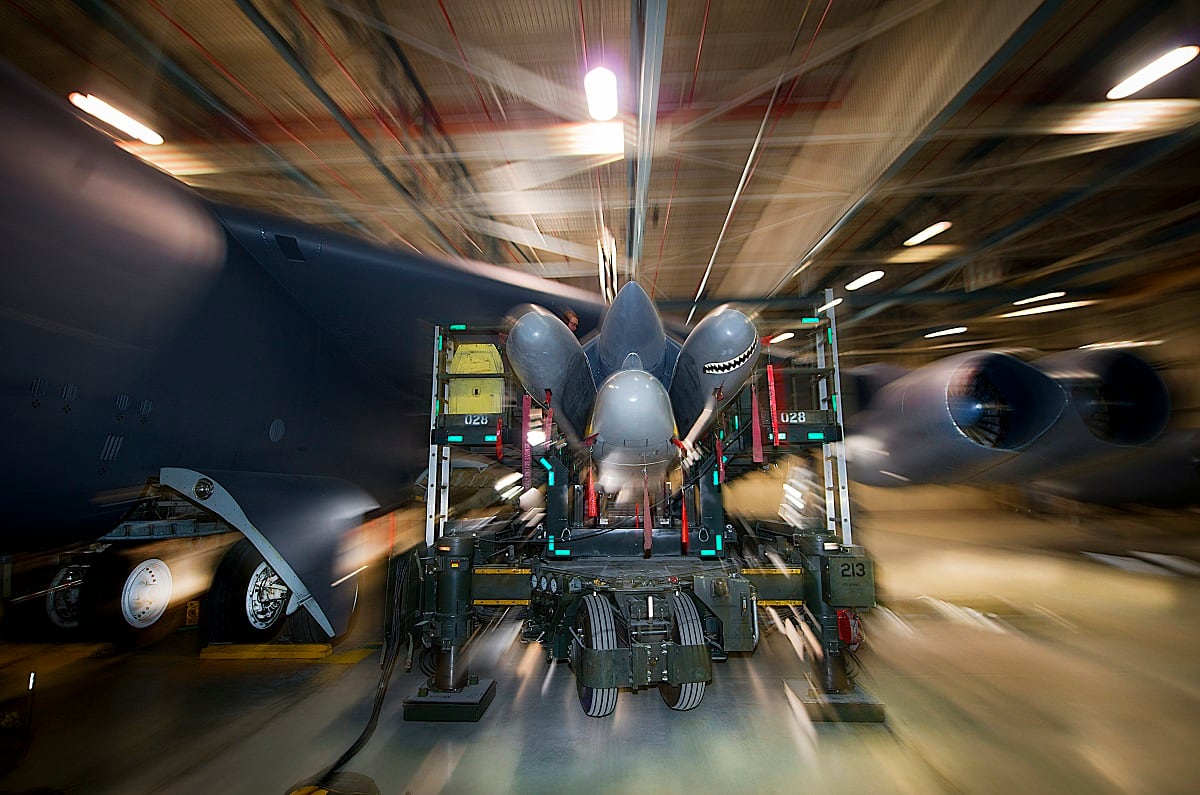WASHINGTON ― China’s ballistic missile development program is the “most active and diverse” in the world, with the Asian power close to having “the ability to deploy a nuclear triad for the first time,” the head of U.S. Strategic Command warned last week.
Gen. John Hyten, speaking at the National Defense University Feb. 16, brought up China’s growing capabilities as an example of why the Pentagon had to make adjustments to America’s nuclear strategy, outlined in the Nuclear Posture Review.
As commander for U.S. strategic forces, Hyten does not “have the luxury of dealing with the world [as] I wish it was. I have to deal with the world the way it is,” he said.
RELATED

In Hyten’s eyes, the world is developing quickly, particularly in Asia.
“The addition of road-mobile ICBMs, continued improvements to Chinese nuclear submarines and associated sea-launched ballistic missiles, MIRV-capable ICBMs, and rapidly developing hypersonic glide vehicle capabilities underscore the evolution of Chinese strategic forces,” he said.
The NPR was defined by the threat of great power competition with both China and Russia, and while China may be closing in on its modernization goals, the actions of Russia seemed to be of greater concern for officials as they rolled out the strategy document.
RELATED

Hyten pointed to Russia’s stated goal of modernizing its entire nuclear force by 2020, its deployment of the Intermediate-Nuclear Forces Treaty violating SSC-8 ground-launched cruise missile and modernization of its heavy bombers to carry Kh-101,-102 air-launched cruise missiles as examples of the swelling threat.
Potential adversaries “are developing these weapons not as a science experiment, but as a direct threat to the United States of America,” according to Hyten. “We as a nation have long desired a world with no or at least fewer nuclear weapons... the world however has not followed that path.
Hyten and other defense officials have gone to great lengths to stress that the 2010 and 2018 versions of the NPR contain significant overlap. But much of the conversation, both after the NPR release and at the Feb. 16 event, revolved around the question of new nuclear capabilities outlined in the document — capabilities that Hyten argued are needed to counter what Russia and China are developing.
Two recommendations in particular, the modernization of a small number of Trident D-5 submarine launched ballistic missile to include a low yield option and the development of a nuclear-tipped sea-launched cruise missile, have proven controversial.

Nonproliferation advocates have argued that placing low-yield warheads on Trident SLBMs and cruise missiles creates a discrimination problem where an enemy cannot tell if the missile headed their way is high- or low-yield, to which Hyten had a simple answer: “They will find out the yield in about thirty minutes.”
Greg Weaver, deputy director of plans and policy at STRATCOM and one of the primary authors behind the NPR, also dismissed those concerns. Weaver made the argument that, regardless of yield, if Russia is only tracking one missile fired in response to Russian first-use, they cannot rationally conclude that the U.S. is launching an attack that existentially threatens the Russian Federation, and thus have no reason to escalate to all-out nuclear war.
Weaver added that what the U.S. is trying to do with these two capabilities is reduce Russian confidence in its nuclear strategy and doctrine. Rather than allowing Russia to use an escalate to deescalate strategy, incorporating a responsive low-yield SLBM increases the perceived costs of a Russian limited-nuclear strike, bolstering U.S. deterrence by strengthening the credibility of a proportionate response.
Daniel Cebul is an editorial fellow and general assignments writer for Defense News, C4ISRNET, Fifth Domain and Federal Times.








